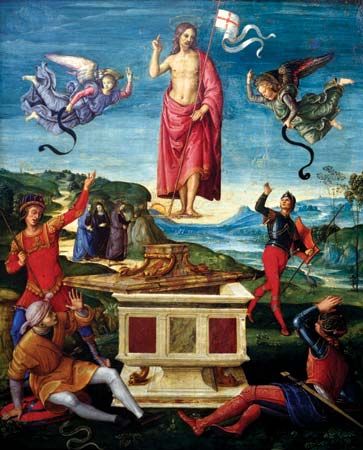The celebration of Easter is a dynamic and multifaceted event that holds profound significance within the Christian tradition. Every year, Christians around the world commemorate this pivotal moment, yet the question remains: in what month is Easter celebrated? This seemingly straightforward inquiry introduces an intricate tapestry of history, theology, and calendrical calculation, all of which invite us to peer deeper into the very essence of this sacred holiday.
The roots of Easter hark back to the early Christian church, a time when the precise date of commemorating the Resurrection was not universally established. By the second century, various locales observed the event on divergent dates, which posed both a challenge and an opportunity for the burgeoning faith. In essence, what could the variations of Easter dates tell us about the early Christian community and its desires to maintain doctrinal harmony amidst diversity?
Initially, many Christians in the Eastern Mediterranean celebrated Easter in conjunction with the Jewish Passover. This connection is pivotal; the New Testament recounts that Jesus’ crucifixion and resurrection occurred shortly after Passover. However, the lunar calendar utilized by Jewish communities meant that the date of Passover fluctuated, leading to discrepancies in the date of Easter celebrations among Christians.
In 325 CE, the Council of Nicaea sought to resolve these differences. This assembly established a formula that determined Easter’s date: Easter would be celebrated on the first Sunday following the full moon on or after the vernal equinox (approximately March 21). As a result, Easter could fall anywhere between March 22 and April 25, a timeframe that reflects the church’s desire for unity amidst its diverse practices.
But this chronological calculus does more than simply dictate a date; it encapsulates broader theological themes. The interplay between lunar and solar calendars is emblematic of the cosmic dimension of Easter itself. As the church subscribes to a rhythm that respects both Creator and creation, the date thereby acknowledges the cyclical nature of life, death, and resurrection—a prominent motif within the Christian narrative.
As we meander through the calendar, a playful question arises: How does the shifting nature of Easter’s date affect individual and communal practices? The jet stream of societal traditions flows in varying currents, assigning distinct meanings to specific months and days. When Easter lands in March, it may evoke a sense of premature spring; in contrast, an April date is often infused with a sense of festivity resonating with Spring’s full bloom. Members of congregations worldwide adorn their spaces with vibrant blossoms, symbolizing not only rebirth but also the arrival of warmer days. Yet, does the mere act of variation in timing dilute the essence of the celebration itself?
Traditions surrounding Easter also proliferate, each reflective of localized customs and cultural influences. In some regions, the liturgical calendar prescribes extensive observance weeks leading up to Easter Sunday. This period, generally known as Lent, is marked by fasting, prayer, and reflection, inviting adherents to engage earnestly with their faith. The significance of this preparation underscores a theme of penitence—a mirror to Christ’s own sacrifices—heightening the eventual celebration of the Resurrection. Logically, this deepened observance underlines the momentous nature of Easter, however, it also provides fertile ground for discourse: Does the effort expended in preparation enhance or complicate the simplicity of the Resurrection message?
Moreover, within varying Christian denominations, the interpretation of Easter embodies differing theological nuances. For some, it remains the culminating point of the liturgical year, a pinnacle marking the defeat of sin and the assurance of eternal life. Others may perceive it through a more symbolic lens, viewing the Resurrection as a call to personal transformation and ethical living. Each perspective invites its own exploration, posing additional questions about the relevance of the date and its practices. How do individual understandings of Easter’s significance shape the overall celebration? And what does the date itself mean in the context of personal faith journeys?
Easter also interacts with broader societal frameworks, being influenced by secular patterns, commerce, and even geographical variances. The increasing prevalence of secular Easter celebrations—marked by activities such as egg rolling, bunnies, and chocolates—challenges the sanctity of the religious observance. As such, one must ponder: to what extent do these playful and commercialized engagements with Easter divert attention from its profound theological roots? Are they merely distractions, or do they represent an opportunity for wider cultural dialogue about resurrection and renewal?
In conclusion, the month in which Easter is celebrated serves not only as a reference point within the ecclesiastical calendar but also as a gateway into a much larger conversation surrounding faith, tradition, culture, and personal belief. With an ever-shifting landscape of dates, customs, and interpretations, the complexities of Easter resonate vividly, inviting contemplative inquiry and community dialogue. Ultimately, the celebration of Easter is less about the specific month it falls in and more about the enduring narratives of hope, resurrection, and transformation that it embodies—inviting each believer to engage with these profound themes anew every year.



